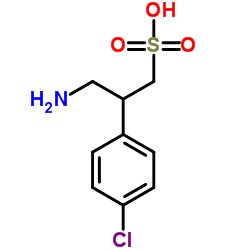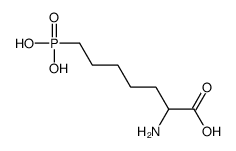| Structure | Name/CAS No. | Articles |
|---|---|---|
 |
Saclofen
CAS:125464-42-8 |
|
 |
DL-AP7
CAS:85797-13-3 |